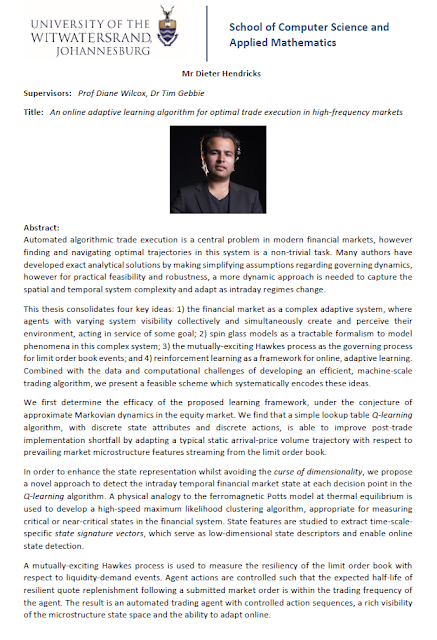Can Agent-Based Models Probe Market Microstructure?
(Submitted on 25 Nov 2016)
Abstract: We extend prior evidence that naively using intraday agent-based models that involve realistic order-matching processes for modeling continuous-time double auction markets seems to fail to be able to provide a robust link between data and many model parameters, even when these models are able to reproduce a number of well-known stylized facts of return time series. We demonstrate that while the parameters of intraday agent-based models rooted in market microstructure can be meaningfully calibrated, those exclusively related to agent behaviors and incentives remain problematic. This could simply be a failure of the calibration techniques used but we argue that the observed parameter degeneracies are most likely a consequence of the realistic matching processes employed in these models. This suggests that alternative approaches to linking data, phenomenology and market structure may be necessary and that the stylized fact-centric validation of intraday agent-based models is insufficient, and warns that increased mechanistic complexity of agent-based market models may lead to flawed insights.






